Vải thiều is a familiar and delicious fruit with many health benefits. Let’s explore its origins, varieties, health benefits, and delicious ways to enjoy it.
1 Origin and History of Vải Thiều
In the late 19th and early 20th centuries, Mr. Hoang Van Com from Thanh Ha, Hai Duong worked as a porter in Hai Phong port. One day, he found six seeds discarded by traders from Thieu Chau, China, and decided to plant them. Only one tree survived and flourished under his care, and he propagated it by grafting its branches. Today, this original tree is still owned by his grandson, Mr. Hoang Van Thu.
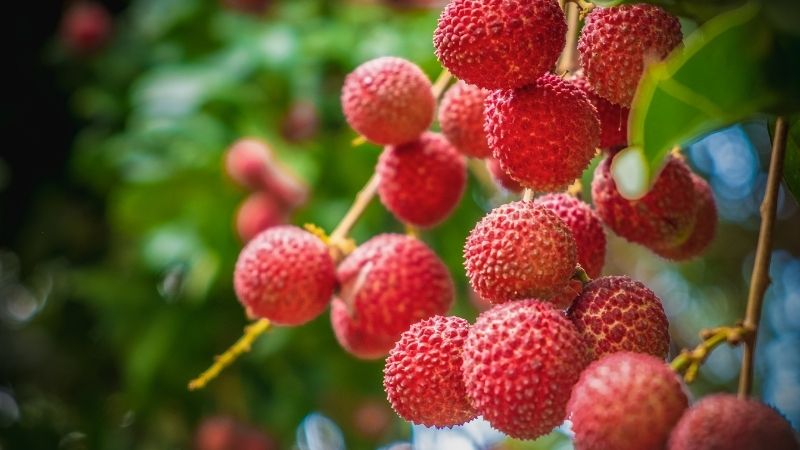 The origin of Vải Thiều
The origin of Vải Thiều
A temple was built next to the original tree to honor Mr. Hoang Van Com’s contribution. As the fruit was introduced by the people of Thieu Chau, it was named “vải thiều”. A concrete stele in front of the tree bears Mr. Com’s name, commemorating his gift of this delicious fruit to his village.
2 Varieties of Vải Thiều
Vải Thiều Lục Ngạn (Bac Giang)
This variety is one of the finest and most renowned, loved by domestic consumers and exported worldwide. Lục Ngạn Vải Thiều has a bright red skin, thick flesh, small seeds, and a sweet taste with no hint of sourness or astringency.
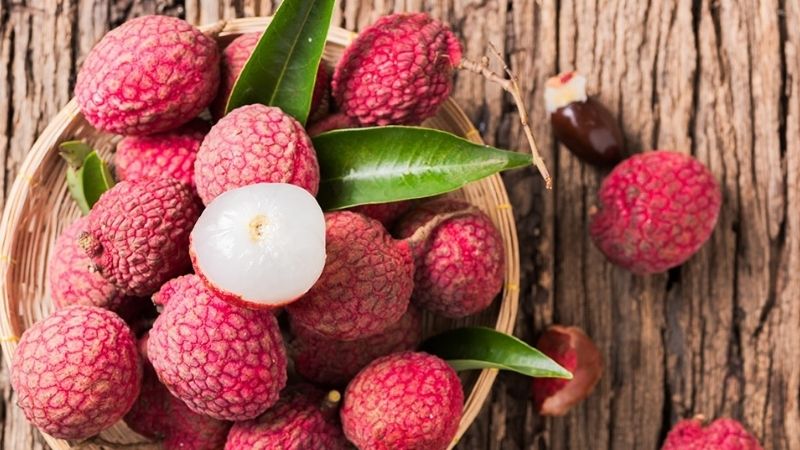 Different varieties of Vải Thiều
Different varieties of Vải Thiều
Vải Thiều Thanh Ha
Thanh Ha is famous for its Vải Thiều, which are typically smaller in size compared to other varieties. The fruit has a round shape, a reddish-pink skin when ripe, and a sweet taste with a subtle fragrance.
Vải Thiều Bat Trang
The Bat Trang variety is known for its juicy, sweet, and fragrant fruit of exceptional quality.
For more details:
3 Health Benefits of Vải Thiều
- Cancer Prevention: Vải Thiều is rich in vitamin C and phenolic compounds, which help protect cells from damage caused by harmful chemicals, pollutants, and free radicals, thus reducing the risk of cancer, heart disease, arthritis, and other chronic conditions. The fruit’s oxygenating properties also enhance the body’s ability to fight toxins.
- Boosting Immunity: The high vitamin C content in Vải Thiều strengthens the immune system, helping to ward off seasonal and chronic infections. Research also suggests that consuming this fruit can reduce the risk of colds and lower oxidative stress in the body.
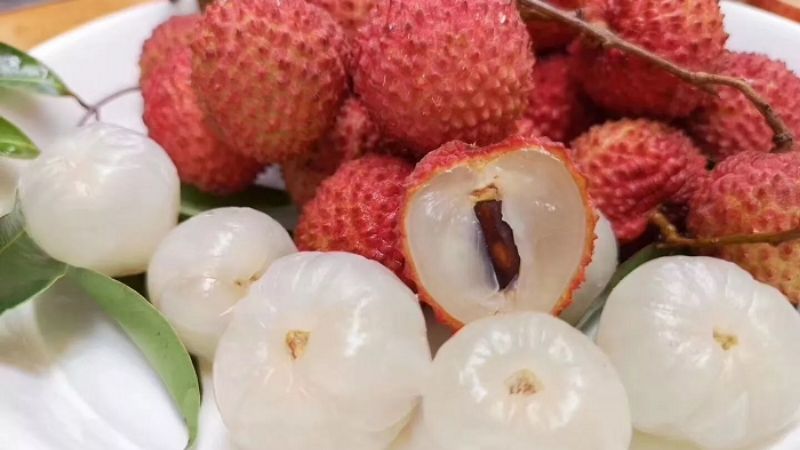 Vải Thiều boosts immunity
Vải Thiều boosts immunity
- Reducing Stroke Risk: In addition to its high antioxidant content, Vải Thiều has low levels of cholesterol and saturated fat, making it a heart-healthy choice that lowers the risk of stroke and other issues like inflammation, oxidation, high blood pressure, and atherosclerosis.
- Improving Metabolism: Including Vải Thiều in your daily diet can enhance protein, fat, and carbohydrate metabolism. It also stimulates appetite and boosts overall metabolic activity, helping to maintain a healthy body weight.
 Vải Thiều improves metabolism
Vải Thiều improves metabolism
- Preventing Constipation: The fruit is a good source of fiber, water, and minerals, which support a healthy digestive system and can be especially beneficial for those with digestive issues or constipation.
- Hydration: During hot weather, Vải Thiều is an excellent source of hydration, providing both water and essential electrolytes. Enjoy the fruit as is or blend it into a refreshing drink.
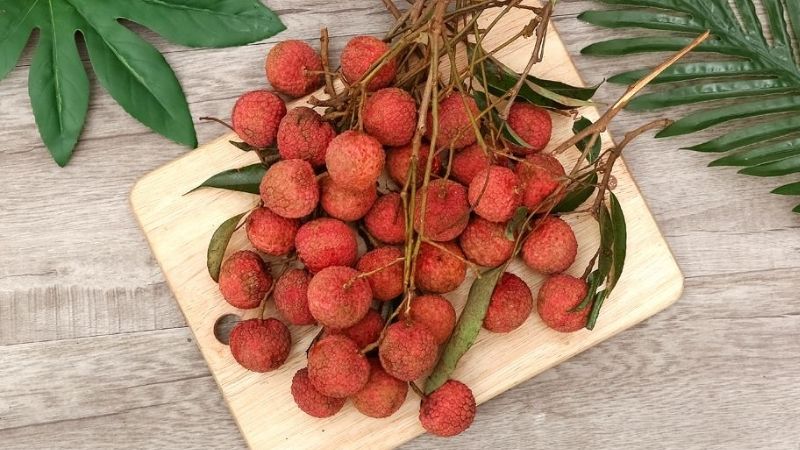 Vải Thiều provides hydration
Vải Thiều provides hydration
- Reducing Muscle Cramps: Consuming Vải Thiều can strengthen muscles and reduce cramps due to its high water and mineral content.
4 Selecting and Storing Vải Thiều
To choose the freshest and tastiest Vải Thiều, look for fruit with smooth spines and a bright pinkish-red skin. The clusters should be fresh, with green leaves and petals still attached.
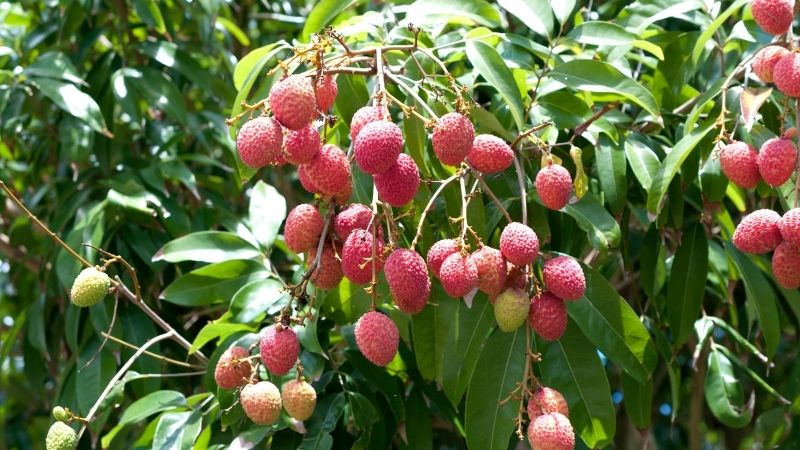 How to choose fresh Vải Thiều
How to choose fresh Vải Thiều
Ripe Vải Thiều will feel slightly soft but still firm and springy to the touch, with a distinctive aroma and no sour or fermented smell. If possible, peel and inspect one or two fruits: the stem should be white, free of discoloration or wormholes, and the flesh should be moist, translucent, and easily separable from the seed.
For more details:
5 Delicious Dishes Made with Vải Thiều
Vải Thiều Ice Cream
A perfect treat for hot summer days, this ice cream is sweet, refreshing, and easy to make. Simply prepare the fruit, cook it with milk and sugar, and freeze the mixture for 3-4 hours.
For the full recipe:
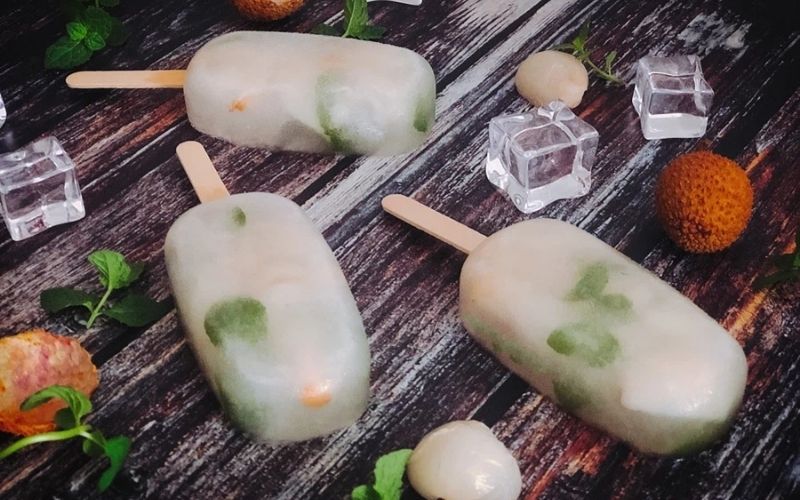 Vải Thiều ice cream
Vải Thiều ice cream
Vải Thiều Agar Agar Dessert
This fragrant and delicious dessert is simple to prepare. Blend the fruit, cook it with agar agar, and chill the mixture for about 2 hours before serving.
For the full recipe:
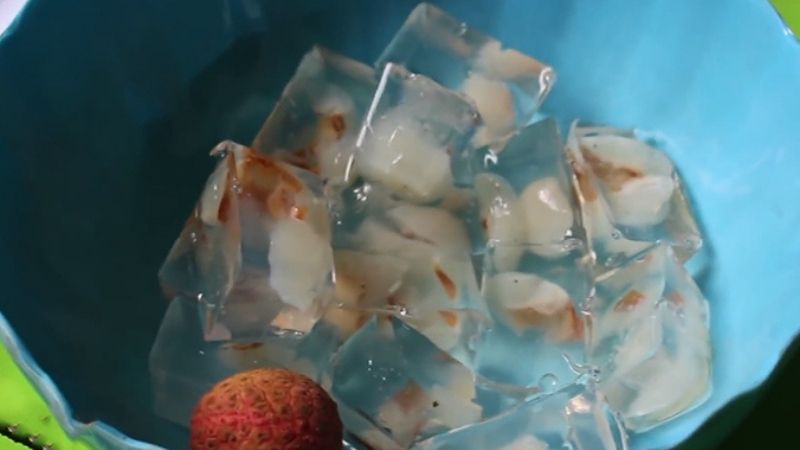 Vải Thiều agar agar dessert
Vải Thiều agar agar dessert
Vải Thiều and Lotus Seed Agar Agar Dessert
The sweetness of Vải Thiều blends beautifully with the nutty flavor of lotus seeds in this dessert. Prepare the lotus seeds, blend and strain the fruit, cook it with agar agar and sugar, and chill the mixture for 2-4 hours.
For the full recipe:
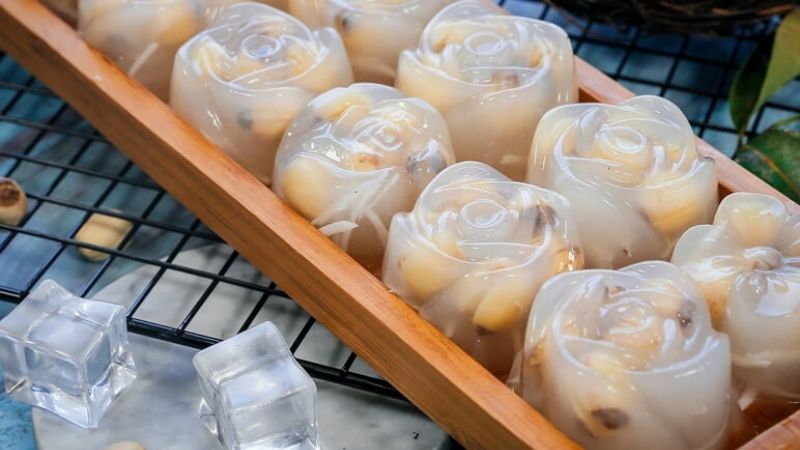 Vải Thiều and lotus seed agar agar dessert
Vải Thiều and lotus seed agar agar dessert
Vải Thiều Tea Jelly
This refreshing treat combines the mild flavor of tea with the sweetness of Vải Thiều jelly. Prepare the fruit with gelatin, and use dried Vải Thiều to brew a delicate tea.
For the full recipe:
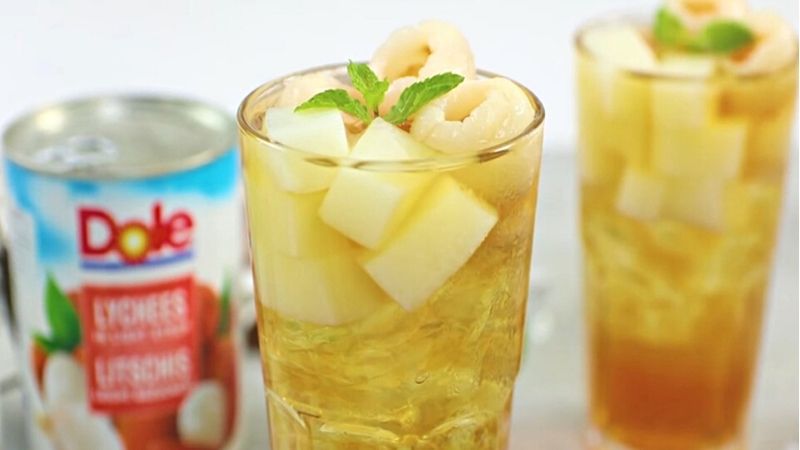 Vải Thiều tea jelly
Vải Thiều tea jelly
Dried Vải Thiều
A delicious and nutritious snack, dried Vải Thiều is chewy, sweet, and slightly sticky. To make it, soak the fruit in a brine solution, then dry it in an oven at 100 degrees Celsius for 3-4 hours.
For the full recipe:
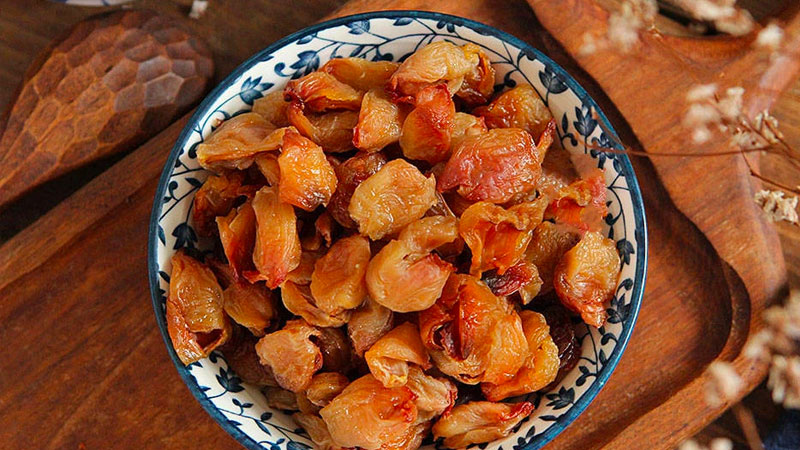 Dried Vải Thiều
Dried Vải Thiều
6 Frequently Asked Questions about Vải Thiều
How much does Vải Thiều cost per kg? Where can I buy fresh and delicious Vải Thiều?
The market price for Vải Thiều varies from 16,000 to 100,000 VND per kg, depending on the variety. Lục Ngạn Vải Thiều typically costs 30,000-35,000 VND per kg, while Thanh Ha hybrid varieties range from 16,000 to 22,000 VND per kg. You can find Vải Thiều at traditional markets or purchase it from us for guaranteed freshness, convenience, and quality.
 Vải Thiều price and where to buy
Vải Thiều price and where to buy
For more details:
How many calories are in Vải Thiều?
100 grams of Vải Thiều provides approximately 66 calories. In terms of nutritional content, 100 grams of the fruit contains 82% water, 0.8g protein, 16.5g carbohydrates, 0.4g fat, 15.2g sugar, and 1.3g fiber.
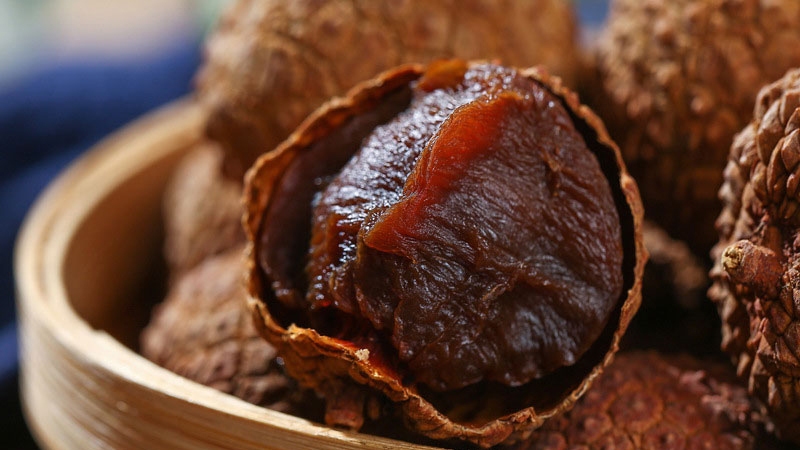 Calories in Vải Thiều
Calories in Vải Thiều
For more details:
When is Vải Thiều season?
Vải Thiều season in Bac Giang
The Vải Thiều season in Bac Giang typically lasts for over a month, starting in mid-May and extending into early July. The peak harvest period is from mid-June to early July.
Vải Thiều season in Lục Ngạn
The season in Lục Ngạn also falls between late May and early July, lasting for over a month. The fruit is at its peak ripeness from mid-June to early July, attracting visitors who come to enjoy the fresh, sweet fruit and the vibrant atmosphere of the mountains and hills.
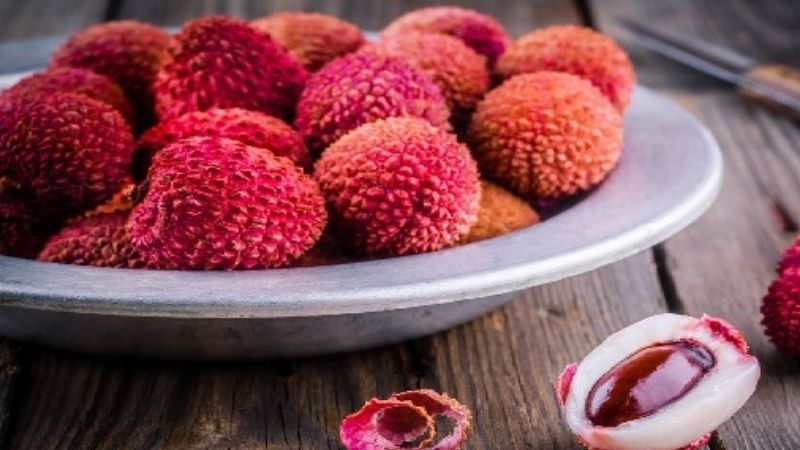 Vải Thiều season
Vải Thiều season
Does eating Vải Thiều cause overheating?
According to Chinese belief, eating Vải Thiều is like “
Understanding the Uses and Benefits of Essential Oils
What are the therapeutic properties of essential oils? How can they be used to improve your wellbeing? This article will explore the various types of essential oils, their benefits and uses. Uncover the power of these natural remedies and find out how they can help your own health and wellness!



































